Harvard Law’s Brooks McCormick Jr. Animal Law & Policy Program and the affiliated Animal Law & Policy Clinic work together to harness the legal system to improve the treatment of animals — in captivity and in the wild. Through education, policy and advocacy work, and direct litigation on behalf of animals, the program and clinic hope to defend and fortify the ecosystems that sustain human life — and, equally importantly, to help to build recognition that all living creatures have intrinsic value and are worthy of protection.
That includes beings who don’t usually get much attention in popular discussions of animal rights — like the octopus. Known for having eight arms and soft, round bodies, for being able to squeeze into tight spaces, float languidly in the water, or propel themselves at speeds of up to 25 miles per hour, octopuses are also highly intelligent. They have a relatively large brain and bundles of neurons in each appendage that enable them to play and explore, recognize individual people, and even navigate mazes.
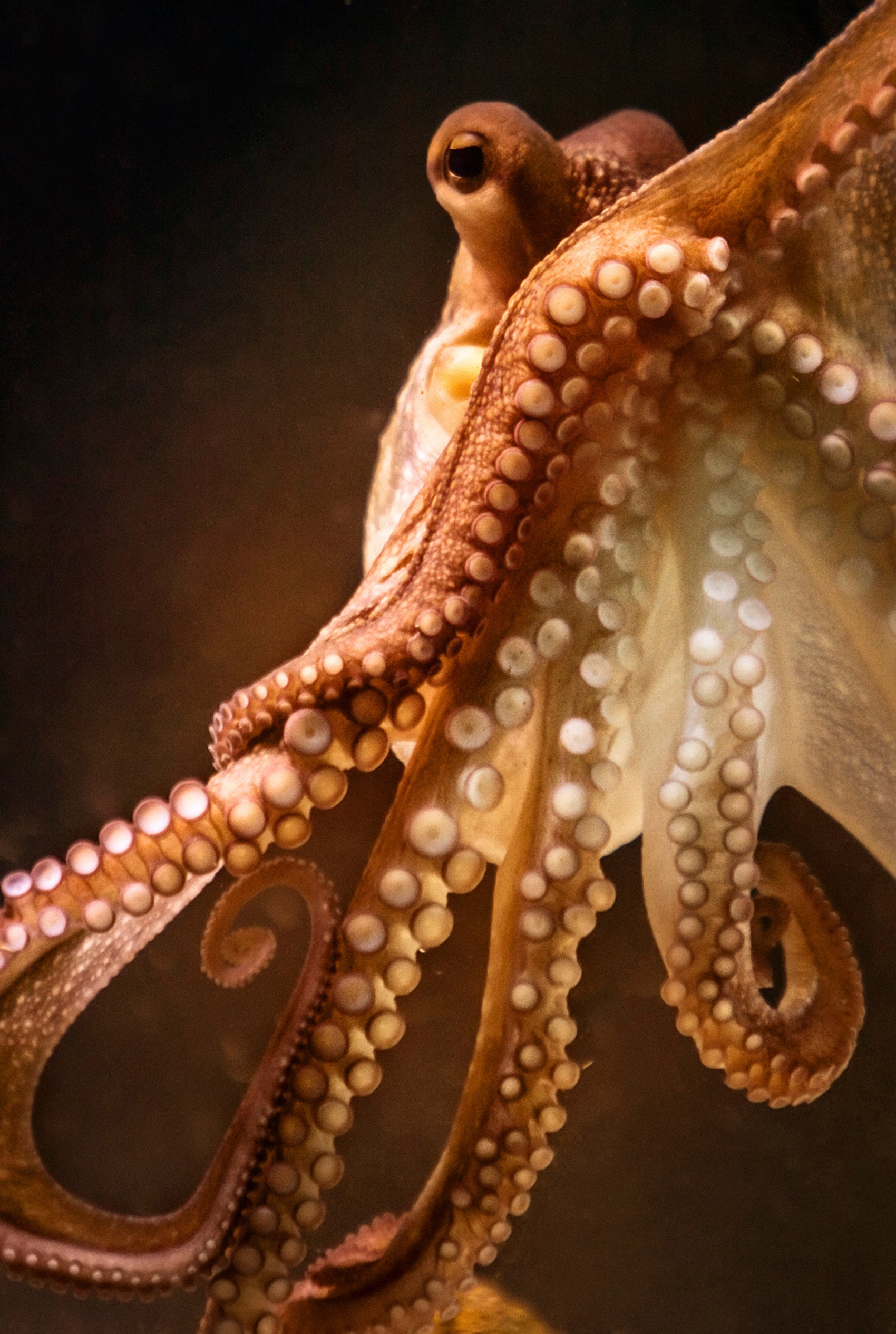
That intelligence makes the octopus attractive to scientists, who are increasingly using them — and other cephalopods like squid and cuttlefish — in laboratory research, says Katherine Meyer, director of the school’s Animal Law & Policy Clinic. But, unlike many other creatures used in federally funded studies, octopuses and their kin don’t have to be treated humanely by researchers. That’s because, as invertebrates, cephalopods do not fall under the relevant National Institutes of Health policy’s definition of “animal.”
“If you asked any 8-year-old if an octopus is an animal, they’d say ‘yes,’” Meyer says. “But not according to the NIH.”
While the program and the clinic fight cruelty and inhumane conditions on factory farms, address the mistreatment of animals on public lands, shape complex regulatory schemes, and defend animal rights laws against constitutional challenge, their work is also about standing up for the octopus and other often overlooked animals in need of protection.
Teaching, scholarship, and litigation
Animal law is not a new field, as Chris Green ’04, the program’s executive director, will tell you. In 2000, Steven M. Wise, an ardent animal rights advocate, taught one of the country’s first animal law courses at Harvard Law. Its many fans included Green himself, who credits taking that first course with guiding his career toward animal law.
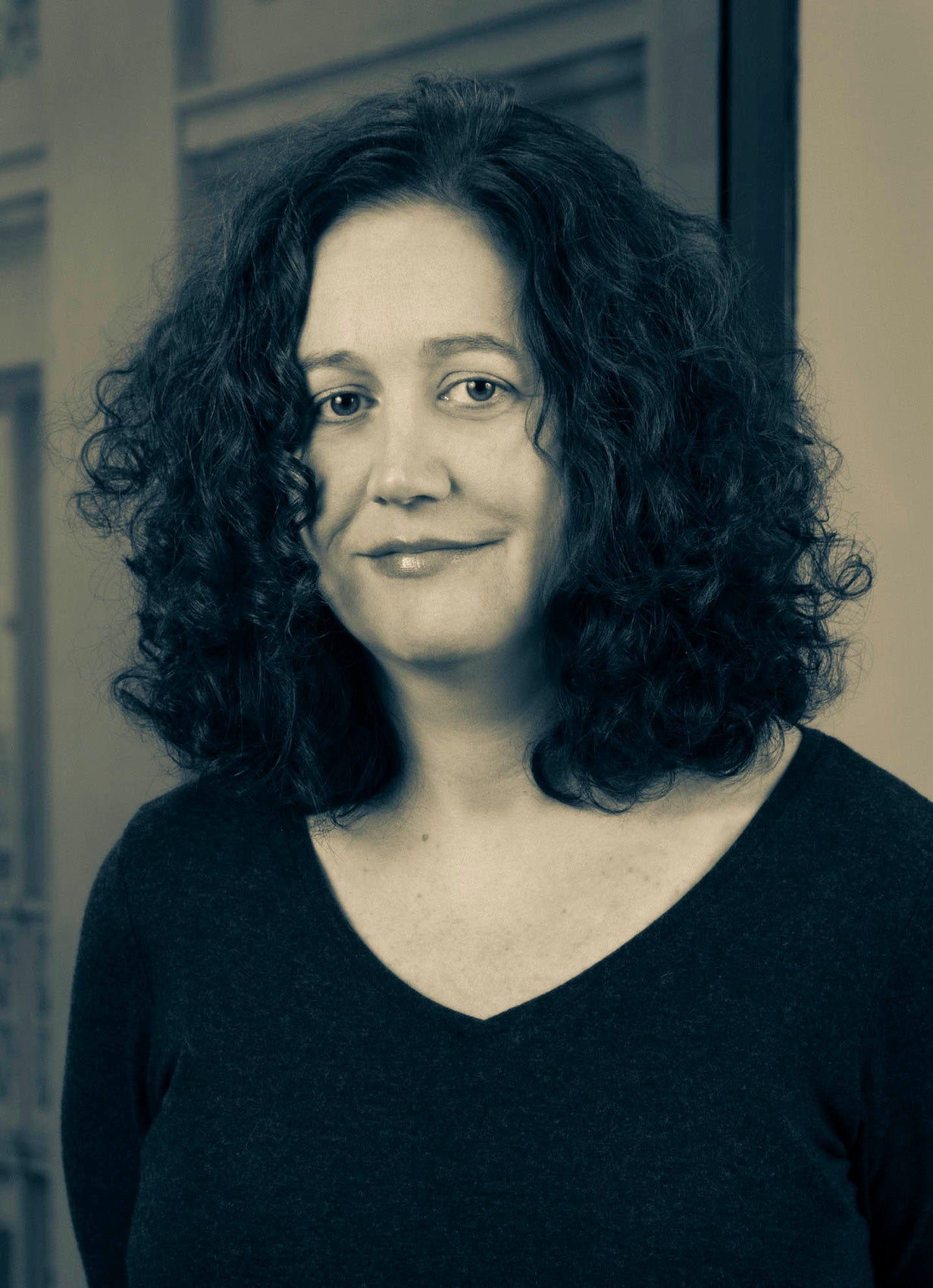
After several years as the director of legislative affairs for the Animal Legal Defense Fund, Green returned to Harvard in 2015 to work with Professor Kristen Stilt, who had recently established the Animal Law & Policy Program.
“This is an urgent agenda,” says Stilt, the program’s faculty director. “The U.N. secretary general talks about climate change as ‘mutually assured destruction,’ and animals are in the middle of all of it — both as unwitting contributors through methane emissions and also the victims, as wildlife is decimated all over the world. And the urgency has only developed. If not us, then who?”
Today, the program offers courses on wildlife law and farmed animal law in addition to its flagship animal law course and the animal law clinic.
Arlene Lopez ’23 says the program gives students an opportunity to study an area of the law that has a direct impact on animal welfare, but also the environment, food systems, and even public health. “If I could make farmed animal law a required class for every student, I would.”
As animal law has developed, so have questions about what rights animals can and should have — and who gets to enforce them.
“It’s a really intellectually engaging field of law. You are dealing with difficult legal questions because the doctrine is not always clear. It’s also philosophically very interesting, because you are thinking about whose bodies should be protected, whose rights should be safeguarded,” says Asha Ramakumar ’23. “And when you incorporate nonhuman animals, who can’t speak for themselves, how do you know what their best interests are? How do you do right by them?”
Advocates say they appreciate the opportunity to deploy creative and original legal theories. Recently, the Constitutional Court of Ecuador cited a friend-of-the-court brief filed by Stilt and Harvard Law research fellow Macarena Montes in a landmark ruling recognizing the rights of nonhuman animals — the first time a court had ever done so. “The concept of the rights of nature is not well known in the U.S., but in other parts of the world, including South America, it is proving to be an important legal tool to protect nature, including animals,” says Stilt.
While a similar decision in the U.S. might seem far off, human and nonhuman interests often dovetail, as with a collaborative research project spearheaded by the program’s research fellow Ann Linder and the NYU Center for Environmental and Animal Protection examining the global regulation of live animal markets. With more than 15 international research partners, the project aims to better understand the role such markets play in the transmission of zoonotic disease, like COVID-19, in order to prevent future pandemics — and, of course, to reduce animal suffering.
Sometimes, though, the desires of humans and of animals are not so neatly aligned.
‘Hands-on experience’
North of San Francisco, Point Reyes National Seashore juts out into the Pacific Ocean, tracing a foggy, wind-swept coast of high bluffs and verdant forests. Tule elk, a species endemic to California, roamed the misty peninsula for 10,000 years until the late 1800s, when human activity drastically reduced their numbers. The state of California, with the National Park Service, reintroduced the elk in the 20th century, and they thrived there — perhaps too much, upsetting local ranchers whose cattle compete for the same food and water sources in the park.
To ease tensions, several decades ago the Park Service built a fence intended to restrict the elk to specific areas of the park. Recently, the elk have begun dying in large numbers, suffering from dehydration or starvation caused by the state’s ongoing drought and the animals’ inability to leave the fenced-in area, says Meyer.
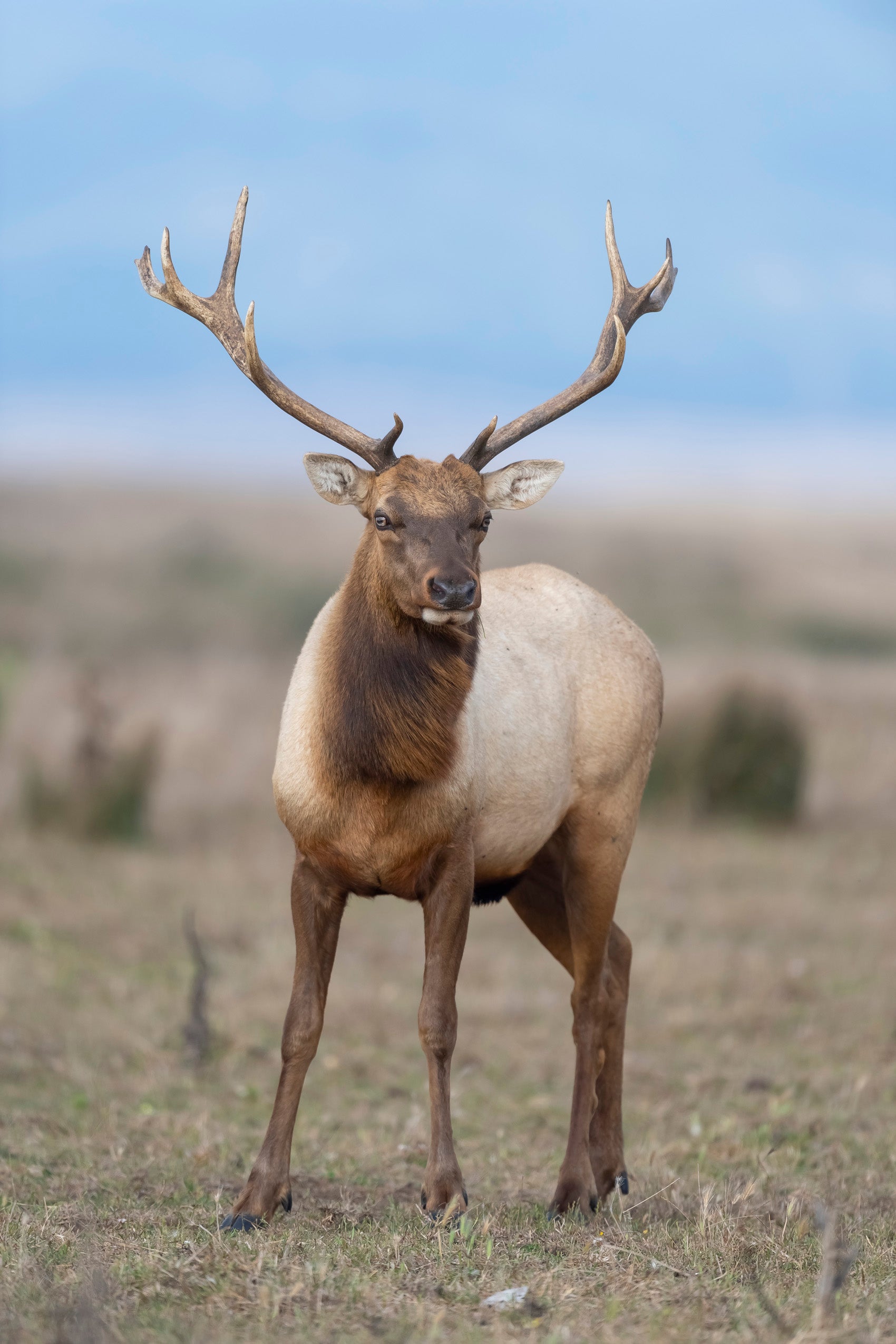
The clinic filed a lawsuit against the Park Service to save the elk. Meyer says the case is a good example of the skills her clinical students learn in this unique field. “The students had to go out and find a veterinarian who could say that these animals were dying of starvation, and how horrific it is for an animal to die in that manner. They had to find a wildlife biologist who could say what needed to be done to help them,” she says. “They’re learning how to put cases together, how to build evidentiary records, with an eye toward what kind of records they’ll need if they have to file a lawsuit later.”
Before coming to Harvard to lead its Animal Law & Policy Clinic in 2019, Meyer had run a successful public interest firm that focused on animal law for more than a quarter century with Eric Glitzenstein, a lecturer on law who teaches Harvard’s wildlife law course. “There is so much going on with respect to the abuse, neglect, and exploitation of animals,” she says. “There is no shortage of things that need to be done on their behalf, so selecting projects is more of an art than a science.”
Clinic students can choose from a panoply of cases, many of which rely on existing laws like the Freedom of Information Act, the Endangered Species Act, and the Animal Welfare Act to enforce regulations or build an argument for new protections.
For Ben Rankin ’23, the journey to animal law started with a deep interest in biodiversity and wildlife as a child growing up in rural Missouri. Now in his third semester in the clinic, Rankin is the lead student attorney on a FOIA lawsuit to gain access to information gathered by the government about trade in plants and animals.

“Everyone who brings wildlife into the country or sends it out has to fill out a form, the contents of which are plugged into a database,” he says, adding that the data, which used to be readily available, is no longer automatically released. “Historically, access to this information has been incredibly important to conservation nonprofits who use it to inform their advocacy strategy. It’s also used by journalists and scientists who are trying to understand the problem on the ground caused by wildlife trafficking, which, along with habitat destruction, has been one of the most significant driving forces of extinction in plant and animal species.”
Rankin is also co-president of the student-run Animal Law Society, which hosts events — complete with vegan food — to promote animal welfare and connect peers to career opportunities in animal law. He says that his work in the clinic convinced him of the viability of pursuing animal law after graduation. “The more that I’ve been exposed to the folks that advocate for animal welfare, especially wildlife issues, the more I realized that it is a valid career path.”
Ramakumar, the Society’s other co-president, says that the uniting factor among all the clinic’s projects is the sense of independence and ownership Meyer gives students, and the freedom they have to dream up novel solutions to help animals. “Kathy puts students front and center in the work,” she says. “She really wants us to have that hands-on experience.”
Protecting consumer rights
Picture a summer barbecue. Sweet corn and yellow squash sizzling on the grill next to what looks — and smells — exactly like chicken. It is chicken, except for one curious thing: No animal was slaughtered to produce it.
Improving animals’ position in the food chain is another key priority. One clinic project, in partnership with Harvard Law’s Food Law and Policy Clinic, centers on cultivated meat and poultry products grown directly from cultured cell lines, which might someday offer omnivores an alternative to their favorite proteins. But just as plant-based dairy replacements have run into objections from the dairy industry on the use of terms like “milk” or “cheese” on their labels, cell-based meat producers expect — but hope to avoid — pushback on using words like “chicken” on theirs.

As a student, Kelley McGill ’20 helped draft a petition urging the U.S. Department of Agriculture to wait to adopt labeling requirements for such products, instead of regulating or outright banning the use of specific terms on packaging. It was too early in the development timeline to impose such regulations, she says. “We argued that such an approach would best protect consumers and promote American innovation while respecting cultivated producers’ constitutional commercial speech rights, as protected under the First Amendment.”
In a win for meat alternatives, one cultivated meat product recently became the first to receive initial clearance from the Food and Drug Administration. The USDA also agreed with much of the clinic and McGill’s argument, referencing the clinic’s petition on labeling extensively in its published notice in the Federal Register. McGill, who is now a food policy consultant, says the experience was formative: “I’m grateful for those clinical experiences and the communities around them because they have helped me to strengthen my legal skills, access impactful opportunities and networks, and contribute to positive change.”
The program is also active in defending California’s Proposition 12, which requires that certain meats sold in the state come from animals raised in cages and pens that allow them to at least stand up, lie down, turn around, and extend their limbs. The pork industry has challenged the law, and the case is currently before the U.S. Supreme Court. Itching to return to direct impact work, alumna Rebecca Garverman ’21 left her job in private practice and returned as a clinical fellow this year. Her first task was to draft the clinic’s amicus curiae brief in support of the law.
“We wanted to show the impact on the pigs, who are incredibly intelligent animals,” says Garverman. “We also wanted to highlight that Californians had gone to the ballot boxes and said, ‘We don’t want the product of this cruelty to be on our grocery shelves.’ And we can, and should, respect that.”
Pioneering alumni

Food systems are also very much on the mind of Alene Anello ’16, who says that her experiences with the Animal Law Society and the animal law survey course influenced her desire to launch Legal Impact for Chickens, a litigation nonprofit. After graduation, Anello worked at the Animal Legal Defense Fund, but she always knew she wanted to start her own firm.
Inspired by the philosophy of effective altruism — the idea that one should try to maximize the amount of good one can do for the greatest number of beings — Anello set her sights on poultry. “Each year, the U.S. kills 9 billion chickens, which is by far more than the number of humans on Earth. And a lot of these chickens have really, really hard lives on factory farms,” she says.
Bolstered by an initial grant from Harvard Law’s Public Service Venture Fund, Anello uses existing anti-cruelty laws — and companies’ own animal welfare commitments — to improve conditions for farmed chickens.
“In the U.S., we have laws against animal cruelty and neglect, and these laws are basically ignored on factory farms,” she says. “While there are agricultural exemptions in a lot of the anti-cruelty laws, not all states have these exemptions. And even when they have them, they are usually not complete exemptions. In any case, I believe there’s a huge amount of illegal animal cruelty and neglect that is happening on factory farms, which has long gone unaddressed.”
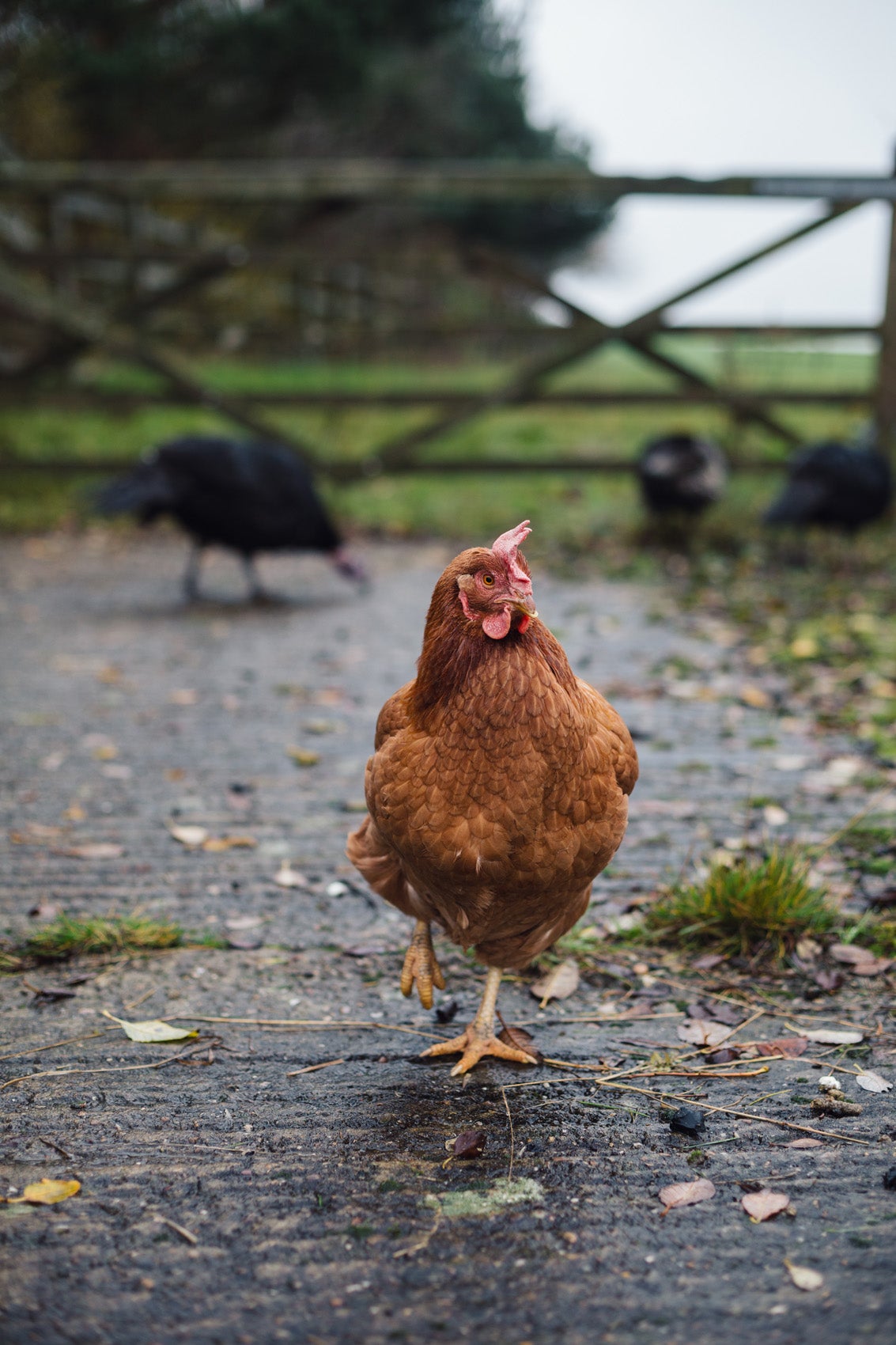
Other animal law alumni have established careers in private practice, at major animal rights and welfare organizations, and in food and environmental nonprofits. The HLSA Animal Law & Policy Network, a new shared interest group spearheaded by Alicia Rodriguez ’15, serves to connect alumni across the country.
And the program’s reach is, in fact, nationwide. Justin Marceau ’04, a professor at the Sturm College of Law at the University of Denver, says an early Harvard Law animal law course complemented his existing interests in constitutional law and social justice.
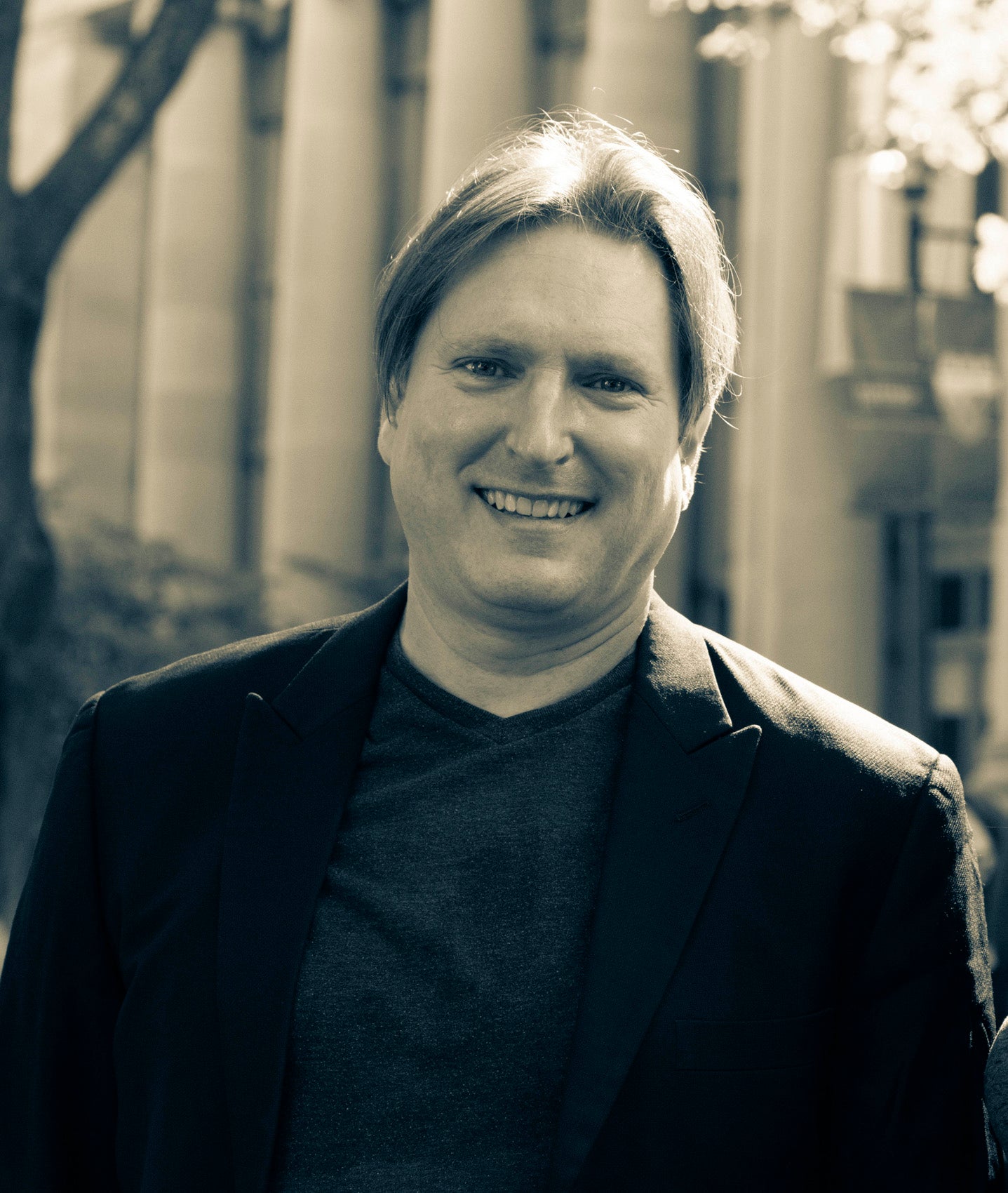
In the course of his career, Marceau has been instrumental in broadening the field of animal law through his own program and clinic supporting animal rights activists. “I am a big believer in practical training for lawyers. I am also a believer that animal law has been framed too narrowly,” he says. “There is this notion that prosecuting an animal abuser is, of course, animal law, but a similarly strong sentiment that defending grassroots animal protection advocates is civil rights work. I think that defending activists is a central part of animal law, and our new Animal Activist Defense Project at the University of Denver will change the definition and image of animal law.”
Marceau, who is currently working with Stilt on an animal law casebook, says that cooperation defines the animal law community. “Animal law is growing precisely because of the collaborations that are developing between schools,” he says. “I collaborate frequently with Chris Green and Professor Stilt. We view this as a collective project rather than a competition, and the result has been some really terrific research and events.”
‘We will keep pushing’
So, what is next for the octopus, that smart, strangely charismatic creature that fascinates researchers and the public alike?
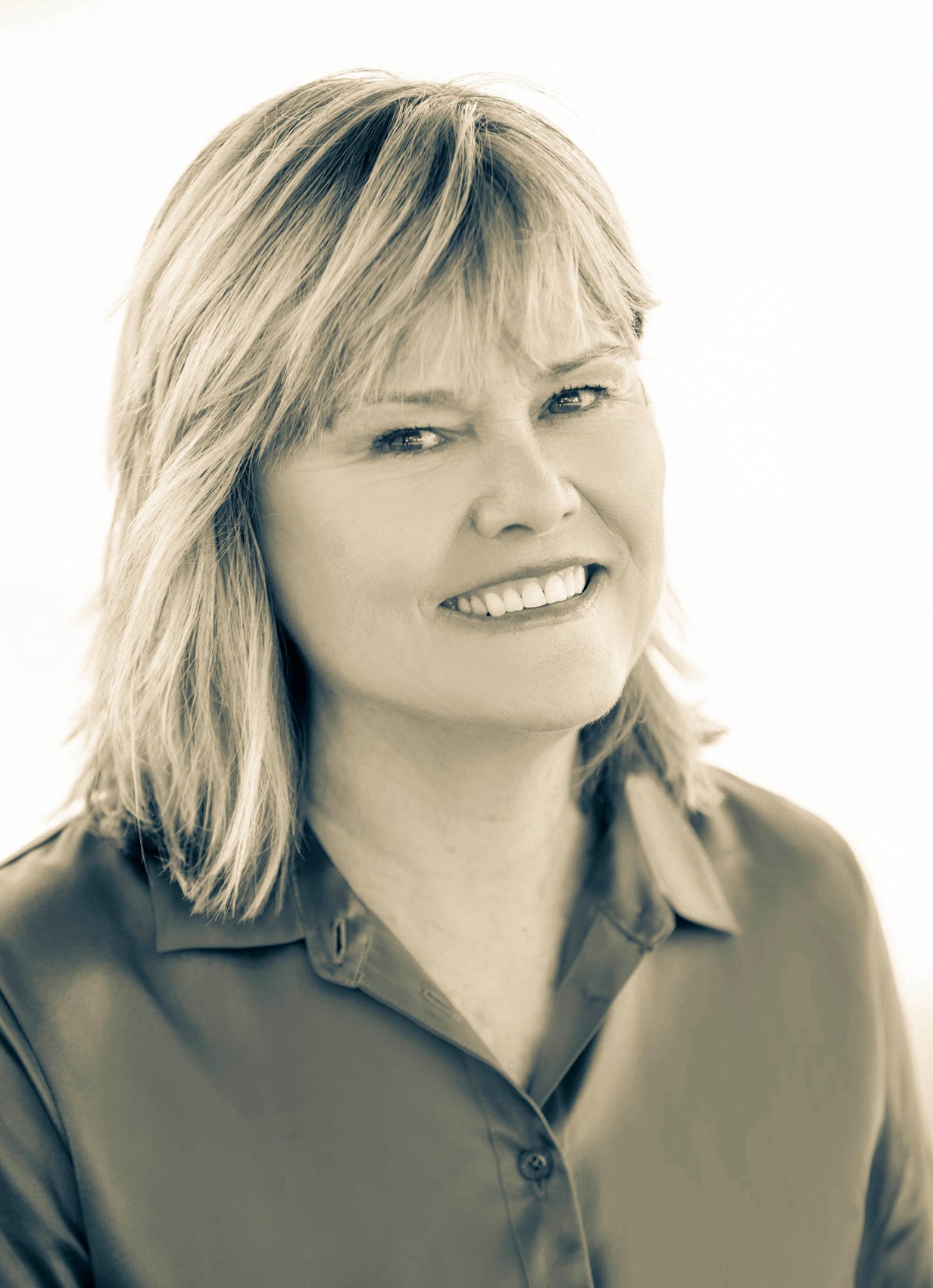
Meyer says she and her students have submitted a petition on behalf of a coalition of the world’s leading experts on cephalopods and animal rights advocates asking the NIH to change its policy. And recently, Ramakumar, the clinical student, led a virtual congressional briefing on the need to extend protection for laboratory animals to octopuses and other cephalopods. Although the NIH has not yet given its answer, the work caught the attention of 19 members of Congress, who have since called on the agency to make the change.
It is not a full victory, at least not yet, but it is emblematic of the strategic, steady, and meaningful progress for which those in the animal law program and clinic are fighting. “We hope NIH will do the right thing,” says Meyer. “But if it doesn’t do the right thing, we will keep pushing.”
Stilt says that the program will continue pushing forward, too. She believes that policymakers and institutions “can no longer ignore what scientists have been telling us for a very, very long time” about the connection between factory farming and climate change, and about the problems caused by live animal markets and other detrimental practices. She and others in the program are excited about the potential for new partnerships with Harvard’s food law and environmental law clinics, and about what a recent history-making gift of $10 million means for the future of the program and clinic.
It is a future ripe for animal law attorneys and advocates. And a future they hope includes not only human beings, but the creatures that make up our world — and make our world possible.
For more on HLS’s Brooks McCormick Jr. Animal Law & Policy Program and the Animal Law & Policy Clinic, go to animal.law.harvard.edu
